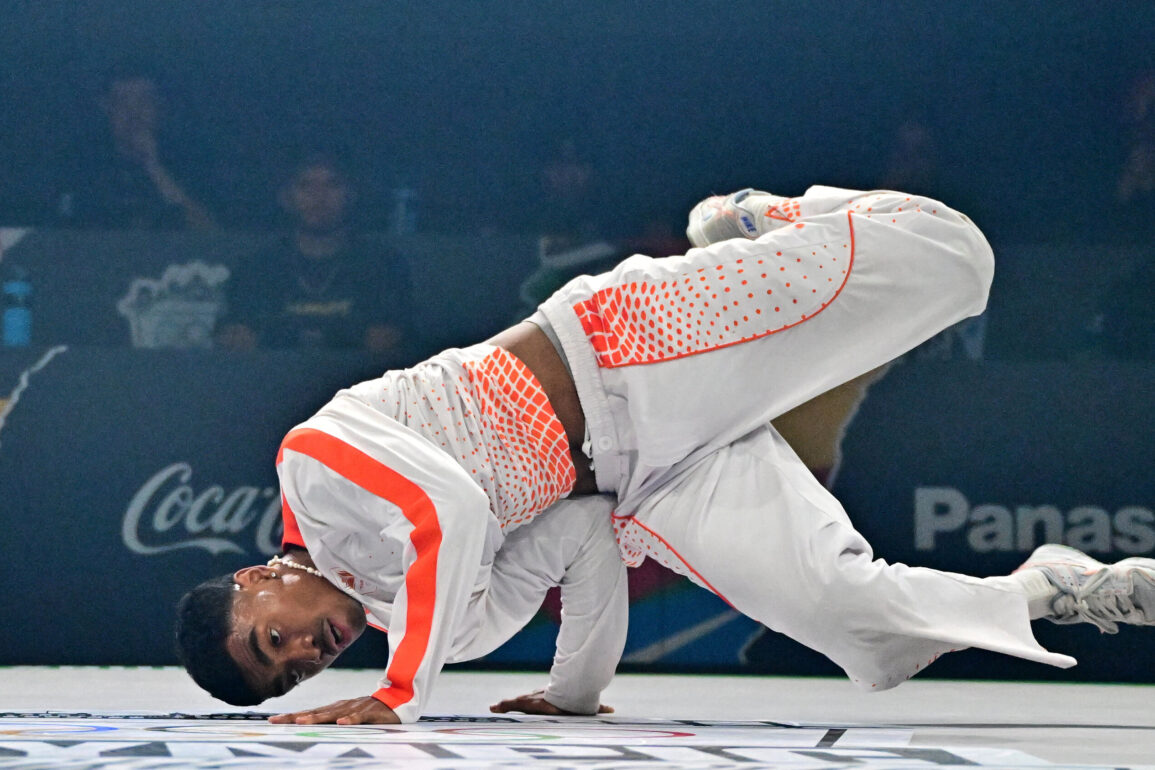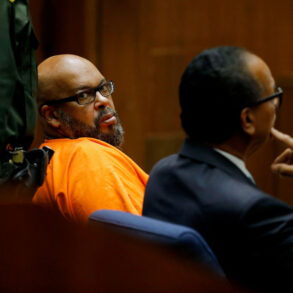
A panel of nine judges will apply Olympic rules to the dance form that originated as a free-flowing expression of hip-hop culture.
Amid the dynamic head spins, twirling windmills and athletic airflares that will be on display at the Place de la Concorde during breaking’s Olympic debut, one question looms large: When dance is crammed into the category of sport, how is a winner determined?
All subjectively judged sports, especially those that reward artistry, face some form of the same question. But few arise from the battle-centric beginnings of breaking — never “break dancing,” a term disdained by pioneers and practitioners — where spontaneous crowd response and the reaction of peers were the ultimate rewards.
Sixteen B-girls will compete on Aug. 9, followed by 16 B-boys on Aug. 10, all of whom will be measured by a panel of nine judges from around the world. Here’s how they’ll determine which breakers will win medals.
How will it work?
Breakers will face off in head-to-head battles, similar to the competitions at parks and parties when breaking originated in the Bronx during the 1970s.
The competitors will be separated into four groups in an opening round-robin round and will not know the music ahead of time. A D.J. will spin, and the breaker will try to marry their moves to the music.
Each battle will consist of three rounds, or throwdowns, with the breakers alternating one-minute turns. The breaker who wins the best of three will advance.
This post was originally published on this site be sure to check out more of their content.







